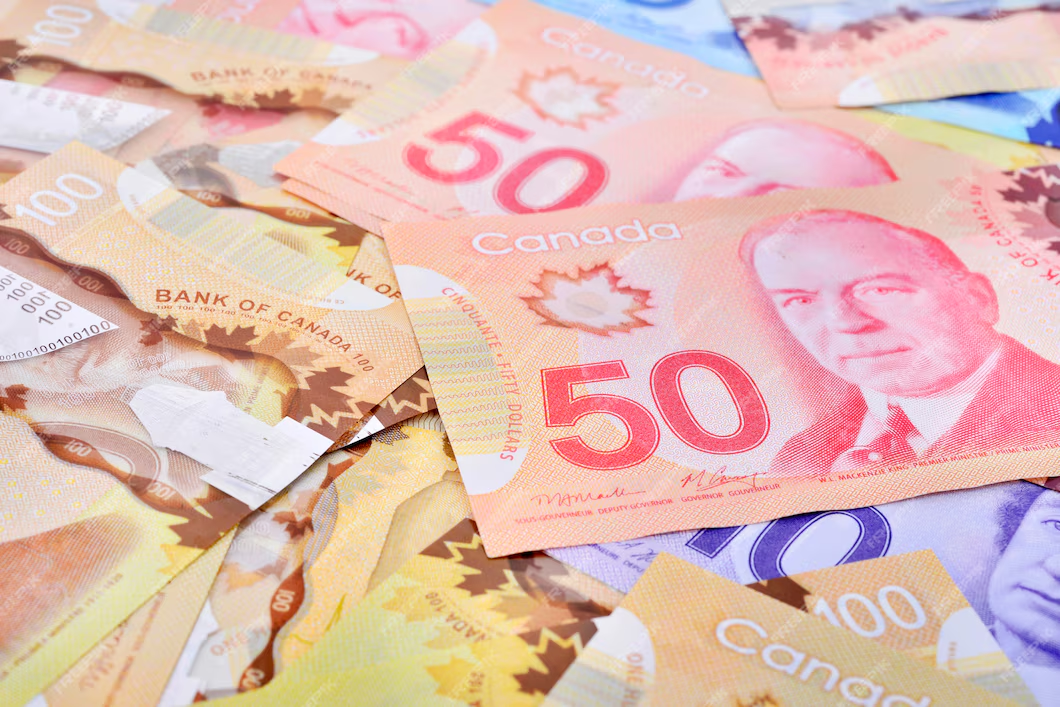Bitcoin Price Prediction: BTC Rally Falters Amid Institutional Selling and Tariff Uncertainty
Bitcoin was highly volatile this week, trading at around $86,000 following a steep 15% drop that saw prices dip as low as $82,256. The decline was largely fueled by President Trump’s renewed tariff threats and declining institutional demand, as seen through massive ETF outflows of $2.2 billion. Technical indicators, such as an oversold RSI, suggest a possible rebound, but traders are still wary in the face of general market uncertainty and concerns that more corrections will send Bitcoin’s price to about $73,000. KEY LOOKOUTS • Bitcoin ETFs experienced $2.2 billion in outflows, adding selling pressure and raising questions about sustained downside momentum. • Trump’s suggested 25% tariffs on the EU and North America add to market uncertainty, potentially putting additional weight on BTC price action. • BTC’s significant support is $73,000; a fall below this may initiate a deeper correction, but RSI suggests potential recovery. • As concerns over stagflation increase, Bitcoin remains trading in tandem with risk assets, with liquidation pressure in the face of economic uncertainty. Bitcoin’s latest price movement indicates a struggle between rebounding and more downward pressure, with the cryptocurrency stuck near $86,000 after an intense 15% fall this week. The rout was prompted by institutional players liquidating their holdings, with Bitcoin ETFs posting $2.2 billion of net redemptions over the last three days. Compounding the doubts, President Trump’s threat to impose tariffs on the European Union, as well as delayed tariffs on Canada and Mexico, triggered risk-off across world markets. The analysts suggest that if bearish pressure continues, BTC can challenge the decisive $73,000 support threshold. But as the RSI indicator also displays oversold, a possible flip remains in consideration, leaving speculators in waiting mode. Bitcoin is trading at $86,000 following a steep 15% fall, fueled by institutional selling and Trump’s tariff threats against the EU. With $2.2 billion worth of Bitcoin ETF outflows, market sentiment is still bearish, and BTC may test the $73,000 support level if selling pressure persists. Nevertheless, the RSI indicates oversold levels, which may see a rebound. • BTC is trading at $86,000 following a steep 15% fall earlier this week. • Bitcoin ETFs experienced $2.2 billion in net outflows in the last three days, adding to selling pressure. • President Trump’s suggested 25% tariffs on the EU and delayed duties on Canada and Mexico have sparked risk-off sentiment. • Stagflation and economic instability fears have prompted investors to cut risk exposure, affecting BTC prices. • If selling pressure persists, BTC may test the key $73,000 support level in the next few days. • The Relative Strength Index (RSI) is oversold and may reflect a reversal or bounce. • Although there’s a possibility of a rebound, BTC is still volatile, and traders need to be ready for more price fluctuations. Bitcoin’s recent price action underscores the influence of externalities, such as geopolitical tensions and changing investor sentiment. The current tariff talks, especially President Trump’s suggested 25% tariff on the European Union, have introduced uncertainty in financial markets, including cryptocurrencies. Investors are watching closely as global economic policies continue to influence the digital asset space. Institutional investors, meanwhile, have been selling their Bitcoin holdings, adding to overall market trends and informing trading behavior. BITCOIN Daily Price Chart Chart Source: TradingView Apart from market forces, the use of Bitcoin as a hedge for economic uncertainty is also an important topic of discussion. While others consider it a store of value, there are others who perceive it as a high-risk asset to be buffeted by external factors. The cryptocurrency market is always closely associated with macroeconomic indicators, regulatory actions, and investor sentiment, all of which are influential in determining its future. With the changing global financial environment, Bitcoin remains in the middle of all the talk regarding digital assets and their role in today’s economy. TECHNICAL ANALYSIS Bitcoin recently broke below significant support levels, which was a sign of a change in momentum. The recent selling pressure, fueled by institutional outflows and macroeconomic uncertainties, has added to heightened volatility. Nonetheless, technical analysis using Relative Strength Index (RSI) also points toward oversold situations that might precipitate a reversal or short-lived relief rally. Even the trend of volume confirms diminished buying interest that continues to underscore cautious feelings from the trading fraternity. Bitcoin might experience more corrections unless it finds renewed strength past the levels of resistance, yet breaking through principal moving averages will reverse bullish vigor. FORECAST Bitcoin may pick up steam and move towards higher resistance levels. A decline in institutional outflows and renewed buying interest from big investors may create buying pressure, firming up the price. Moreover, any favorable macroeconomic news, including clarity on tariffs or alleviating inflation fears, may restore confidence in risk assets, including BTC. If demand picks up, Bitcoin may regain earlier highs and try to break resistance levels, indicating a possible bullish trend. On the negative side, Bitcoin is still susceptible to further corrections if selling pressure persists. Institutional investors selling their holdings and continued uncertainty regarding global economic policies may trigger another round of declines. If Bitcoin fails to hold onto key support levels, it can test lower price levels, possibly hitting the $73,000 level. Additionally, macroeconomic threats like extended stagflation concerns and decreased liquidity in financial markets may contribute to downward pressure, making short-term recovery difficult.












